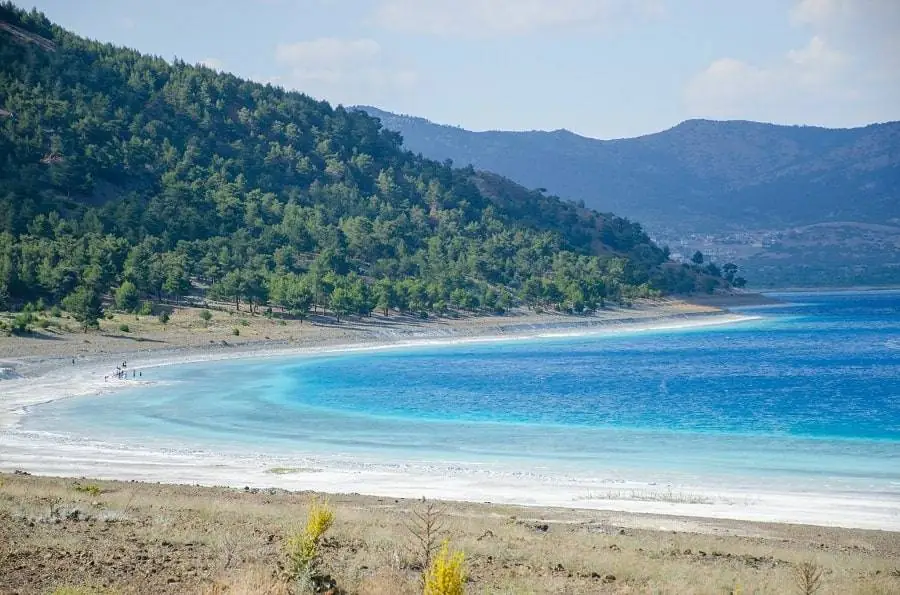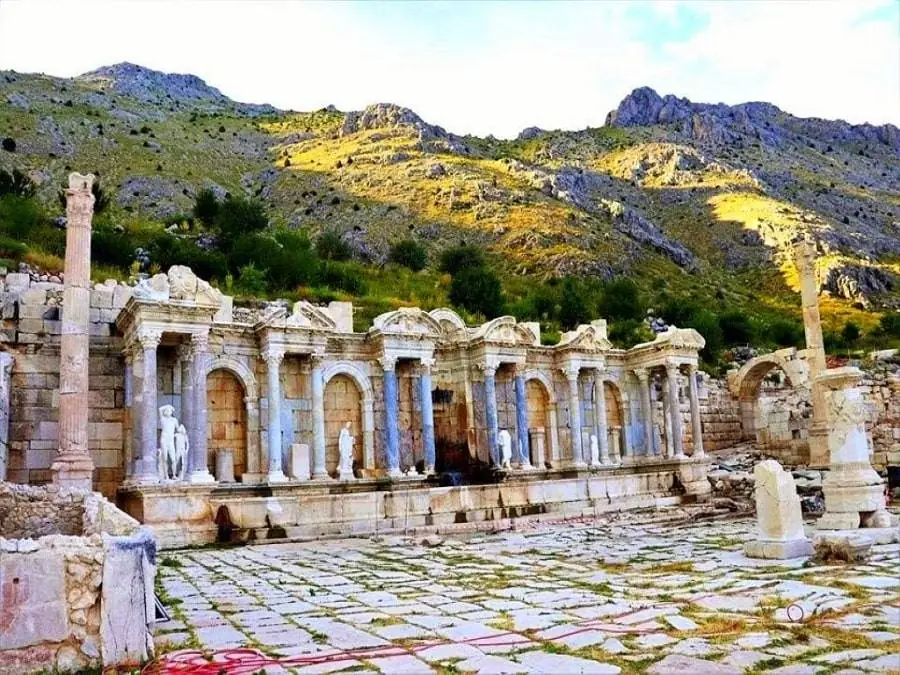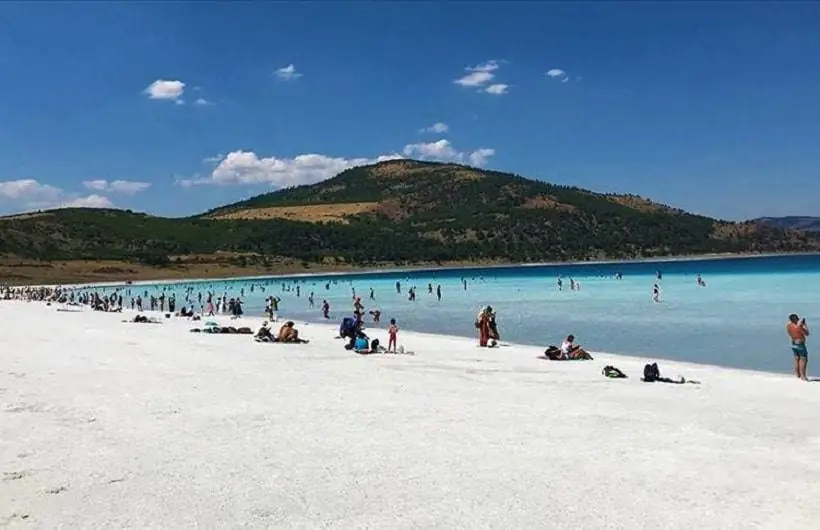Burdur, also known as the city of lakes in Turkey, is one of the most significant cultural and tourism cities in the country due to its fountains in the forests, the oldest civilization remains, clean beaches on the shores of the lake, rugs and carpets embroidered with Turkish motifs, healing waters, and agile Teke Region music and folklore. Burdur also attracts eco-tourism professionals due to its rich fauna and flora. Each year, hundreds of people visit Burdur, which offers a range of activities throughout the four seasons.

Among Burdur’s top tourist attractions are Salda Lake, which is referred to as Turkey’s Maldives due to its turquoise water and white beach, Insuyu Cave, Turkey’s first cave to be opened to tourism, and Salda Ski Center, which is well-known for its winter tourism. There is the ancient city of Sagalassos, which is currently listed as part of Burdur’s UNESCO World Heritage, as well as the ancient city of Kibyra, which is home to an odeion covered with a mosaic depicting the mythical creature Medusa and is one of a kind worldwide. One of the few museums in Turkey, the Burdur Archaeological Museum chronologically displays the 9,000-year history of Burdur through more than 65,000 objects.

1,100 tonnes of milk are produced daily in the area, which has succeeded in becoming the Netherlands of Turkey in terms of animal husbandry and milk quality and contributes to the growth and investments that are usually cited in agriculture. Modern approaches are being applied in dairy cattle breeding, which has recently reached significant numbers. There are 195 thousand cattle in the city, of which 362 thousand are tiny cattle. The city’s natural stone resources hold enormous economic potential.
♦ 12 Days Turkey and Jordan Tour-Istanbul Cappadocia Jordan
In this discipline, Burdur and our nation are known for their branding in the marble industry. In ten years, marble, which makes about 30% of the province economy, has taken the lead in driving the local economy. Among Burdur’s greatest treasures are its traditional crafts. Burdur Alaca and Burdur Cloth come to mind when discussing weaving. There are 9 geographically designated goods in the region, which has a vibrant culinary tradition.

The Burdur Iş Köftesi, zucchini halva, and walnut butter among the most well-known dishes. Fruit and vegetable growing, vineyards, orchards, sugar beet, anise, rose, lavender, fennel, coriander, wheat, barley, rye, corn, chickpeas, onions, potatoes, poppies, and tomatoes have all developed in Burdur. Only the Turkish town of Burdur produces the Burdur Dimriti grape variety. From the area, kapari, often referred to as gebre grass, is exported to 30 nations. About 150 tonnes of green beans are produced per day alone in the Insuyu basin.

